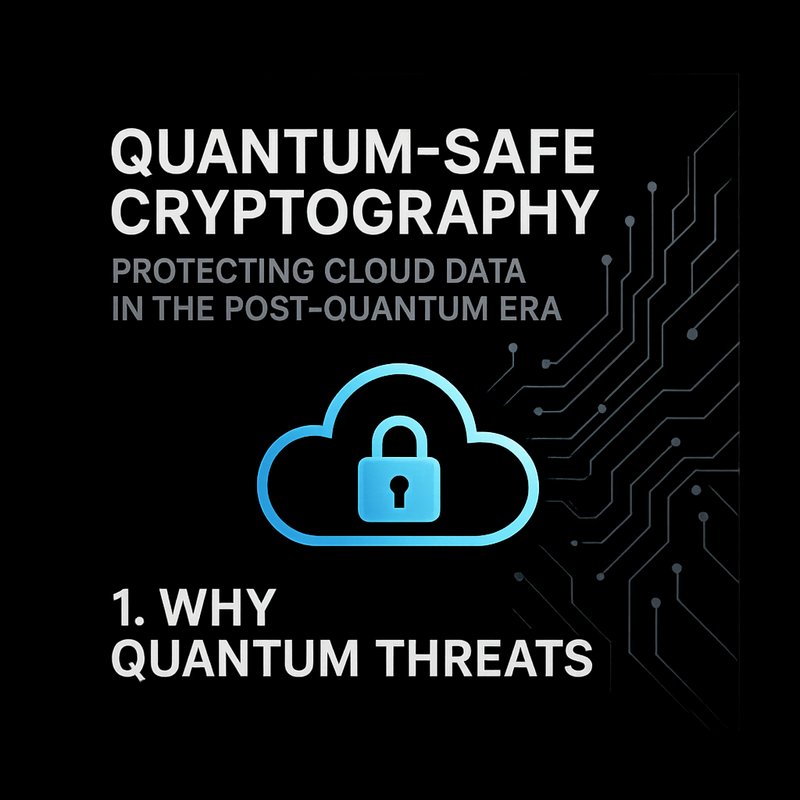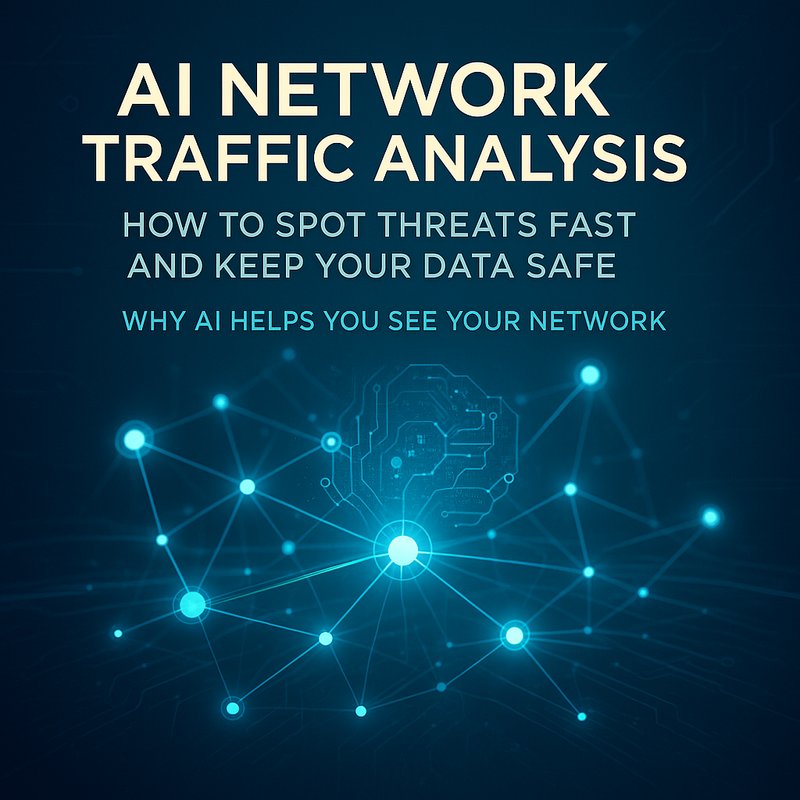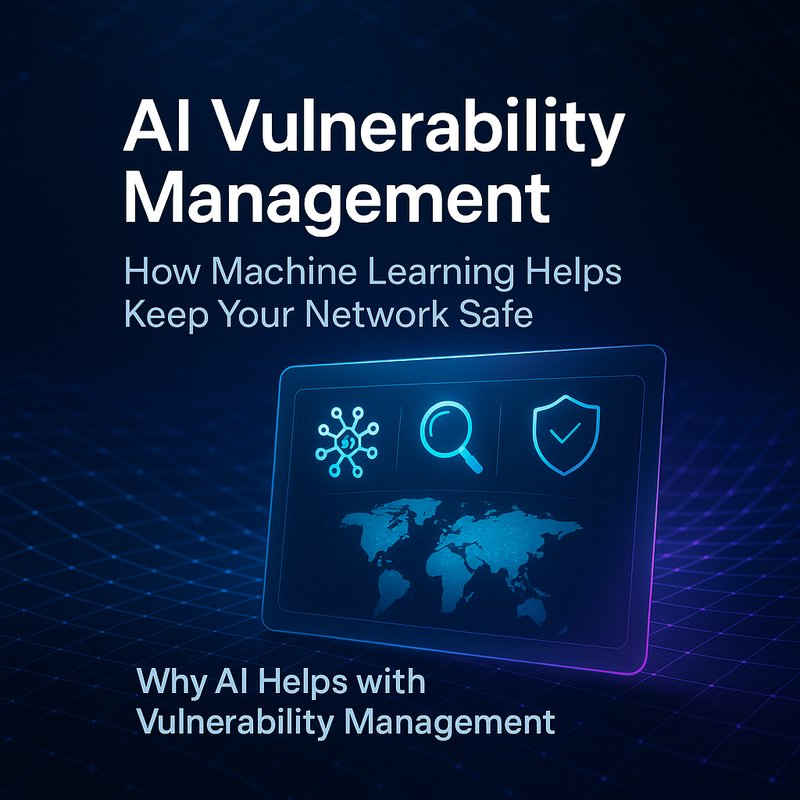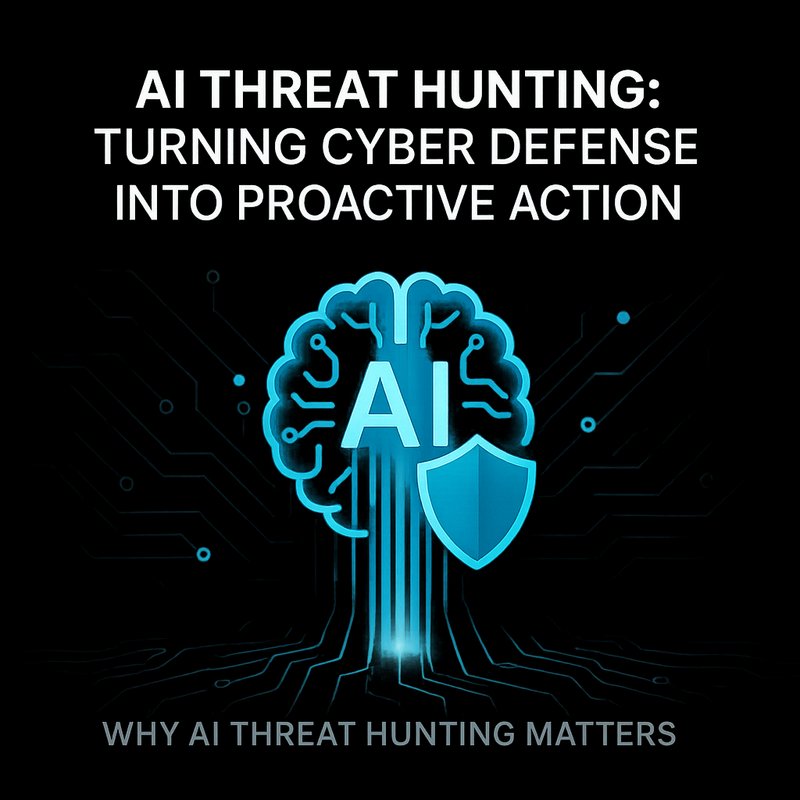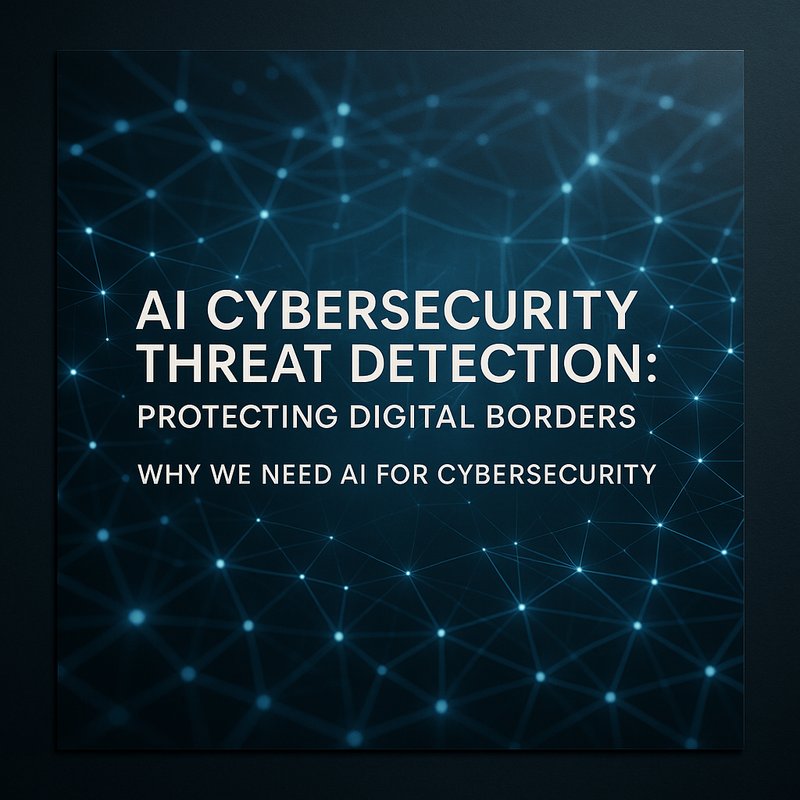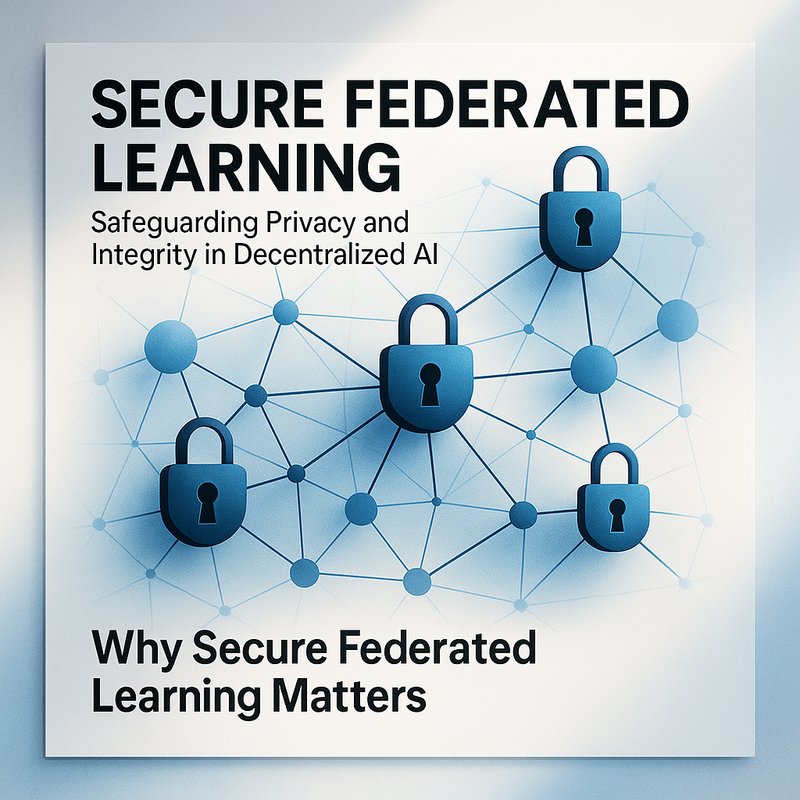Quantum‑Safe Cryptography is the next step in keeping data safe when quantum computers become powerful enough to break today’s encryption.
This guide explains why the threat exists, what algorithms can help, and how to add them to your cloud stack without breaking existing services.
It is written for developers, security engineers, and cloud architects who want a clear, path to future‑proofing their infrastructure.
1. Why Quantum Threats
The idea of a quantum computer that can solve hard math problems in seconds sounds like fiction, but research shows it is coming.
A quantum machine that can run Shor’s algorithm can factor large and break RSA or ECC keys that are the backbone of HTTPS, VPNs, and many cloud services.
If a single key is cracked, attacker can read or modify data, impersonate users, or hijack services.
is why many governments and industry groups are already planning for a quantum‑resistant future.
1.1 The Timeline
- 2025‑2027: Small‑scale quantum processors that can break 2048‑bit RSA.
- 2028‑2030: Commercial quantum computers that can break 3072‑bit RSA and 256‑bit ECC.
- 2031‑2035: Full‑blown quantum attacks on most public‑key systems.
The exact dates are uncertain, but the trend is clear: we need to act now.
2. Types of Quantum‑Safe Algorithms
Quantum‑Safe Cryptography relies on problems that are hard for both classical and quantum computers.
The most common families are:
| Family | Example | Strength | Typical Use |
|---|---|---|---|
| Lattice‑Based | Kyber, NewHope | Resistant to known quantum attacks | Key exchange, digital signatures |
| Code‑Based | Classic McEliece | Very large keys, but fast operations | Key exchange, encryption |
| Multivariate | Rainbow, Rainbow‑X | Fast signatures, large keys | Digital signatures |
| Hash‑Based | XMSS, SPHINCS+ | Stateless, quantum‑safe signatures | Signing, authentication |
Each family has trade‑offs in key size, speed, and implementation complexity.
Choosing the right one depends on your workload and security requirements.
2.1 Lattice‑Based Algorithms
Lattice‑based schemes like Kyber are the most widely studied.
They use mathematical lattices to create hard problems that quantum computers cannot solve efficiently.
Kyber is already standardized by NIST and has libraries in C, Rust, and Python.
2.2 Code‑Based Algorithms
Classic McEliece uses error‑correcting codes.
Its keys are huge (hundreds of kilobytes), but encryption and decryption are fast.
Because of the key size, it is best suited for environments where bandwidth is not a concern.
2.3 Multivariate and Hash‑Based
Multivariate schemes are good for signatures but have large keys.
Hash‑based signatures like XMSS are stateless and have small keys, but signing can be slower.
3. Implementing Quantum‑Safe in Cloud
Adding Quantum‑Safe Cryptography to a cloud environment involves several steps.
Below is a practical roadmap that can be applied to AWS, Azure, or GCP.
3.1 Start with a Pilot Project
Pick a single service or micro‑service that handles sensitive data.
Replace its TLS handshake with a quantum‑safe key exchange, such as Kyber.
Use a library like libsodium or pqcrypto that supports the chosen algorithm.
3.2 Update Your Certificate Authority
Most public CAs do not yet issue quantum‑safe certificates.
Instead, use a self‑signed certificate for internal services or a private CA that supports quantum‑safe algorithms.
You can generate a certificate with openssl and the -engine option pointing to a quantum‑safe library.
3.3 Key Management
Quantum‑Safe Cryptography requires new key management practices:

- Key Rotation: Rotate keys more frequently because quantum attacks could be faster.
- Key Storage: Store keys in a hardware security module (HSM) that supports quantum‑safe algorithms.
- Access Control: Use role‑based access control (RBAC) to limit who can generate or rotate keys.
3.4 Performance Considerations
Quantum‑safe algorithms are generally slower and larger than classical ones.
To mitigate impact:
- Use hardware acceleration where available.
- Cache public keys to avoid repeated expensive computations.
- Offload heavy operations to dedicated micro‑services.
3.5 Integration with Existing Cloud Services
Most cloud providers offer managed key services (e.g., AWS KMS, Azure Key Vault).
These services are currently limited to classical algorithms.
To use quantum‑safe keys:
- Store keys in an external HSM or a custom key store.
- Use API gateways that support custom TLS termination.
- Keep legacy services running in parallel until they can be upgraded.
4. Real‑World Example: FineryMarkets
FineryMarkets, a fintech platform, needed to protect customer data in the cloud.
They followed a phased approach:
- Assessment – Identified all services that used RSA 2048 or ECC 256.
- Pilot – Replaced TLS on the payment gateway with Kyber‑based key exchange.
- Rollout – Migrated all internal services to a hybrid key store that held both classical and quantum‑safe keys.
- Monitoring – Added a custom dashboard that tracked key usage and performance metrics.
Result:
- No downtime during migration.
- 30 % improvement in key generation speed due to caching.
- Full compliance with the new quantum‑resistance guidelines by Q3 2025.
Read the full case study at https://blog.meetneura.ai/#case-studies.
5. Common Pitfalls and How to Avoid Them
| Pitfall | Fix |
|---|---|
| Overlooking key size | Use libraries that enforce recommended key sizes. |
| Ignoring performance | Benchmark before production rollout. |
| Mixing algorithms | Keep a clear policy on which algorithm is used where. |
| Poor key rotation | Automate rotation with a cron job or cloud scheduler. |
| Lack of monitoring | Integrate with Grafana or Prometheus for real‑time alerts. |
6. Future Directions
- Standardization: NIST is finalizing post‑quantum standards; keep an eye on the latest RFCs.
- Hybrid Schemes: Combine classical and quantum‑safe algorithms for backward compatibility.
- Hardware Support: Expect new HSMs that natively support quantum‑safe key operations.
- AI‑Assisted Key Management: Use AI to predict key usage patterns and optimize rotation schedules.
7. Getting Started
- Choose an Algorithm – Start with Kyber or XMSS.
- Pick a Library –
libsodium,pqcrypto, oropensslwith quantum‑safe patches. - Set Up a Test Environment – Spin up a small Kubernetes cluster and deploy a sample service.
- Implement Key Exchange – Replace the TLS handshake with your chosen algorithm.
- Monitor – Use Prometheus to track latency and error rates.
- Iterate – Optimize and expand to other services.
For more tools, visit https://meetneura.ai/products.
If you need help, check out the community forum or contact support.
8. Conclusion
Quantum‑Safe Cryptography is not a distant future; it is a present‑day necessity.
By understanding the threat, selecting the right algorithm, and carefully integrating it into your cloud stack, you can protect data against quantum attacks while keeping services running smoothly.
The time to act is now, before quantum computers become powerful enough to break the encryption you rely on today.
